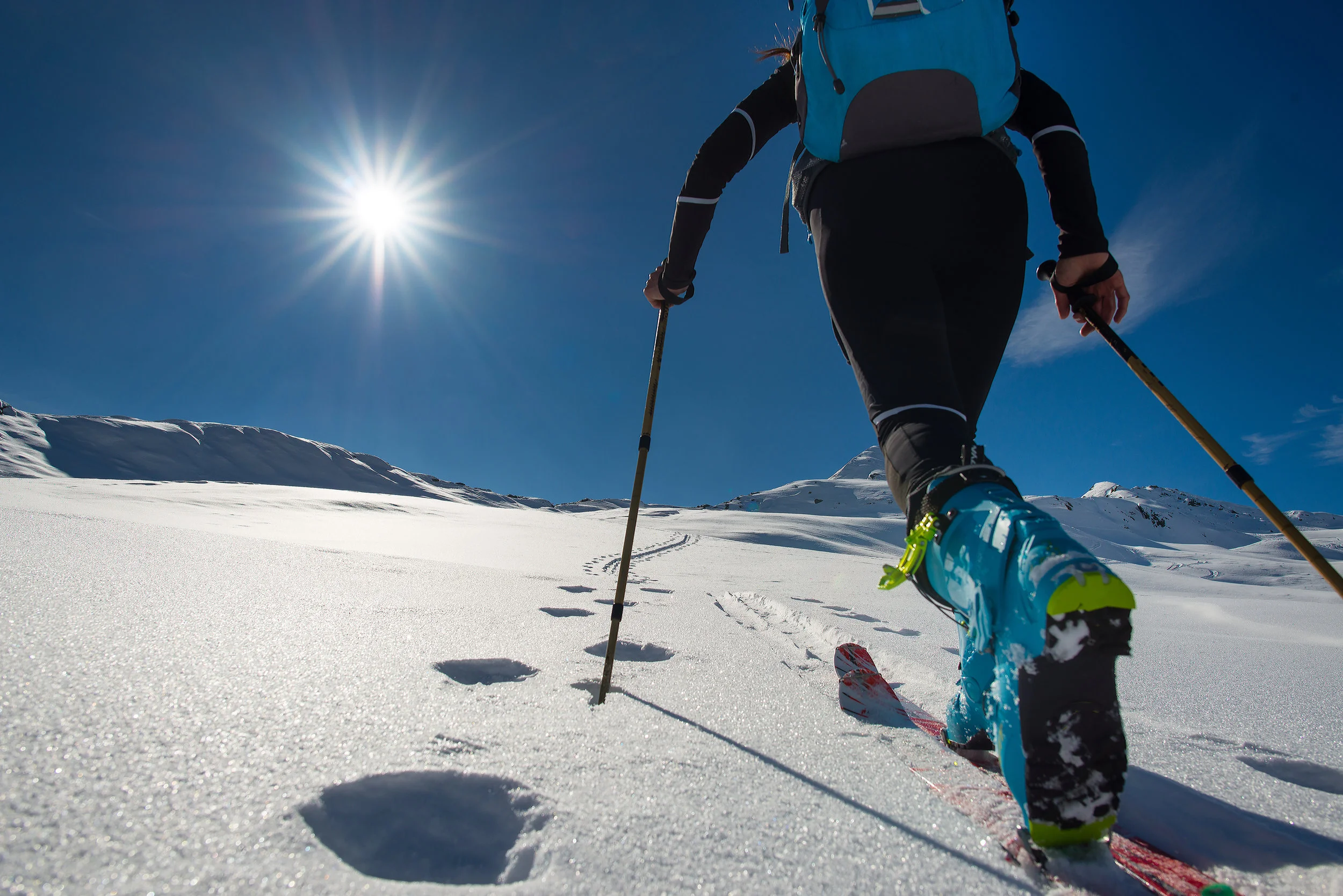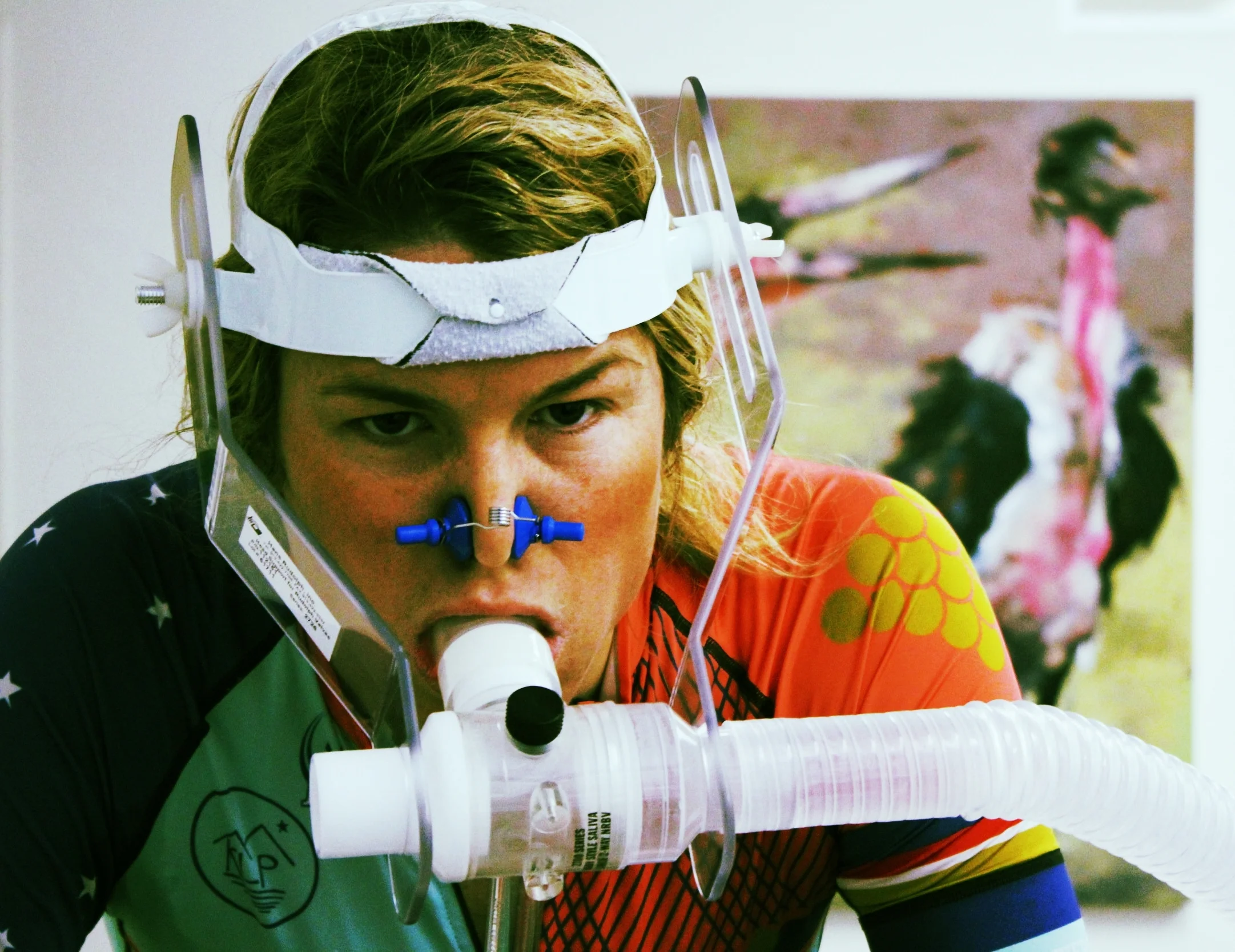Determining your sweat rate can help you to better understand how much sweat you lose per hour of exercise and how much fluid you need to take in to avoid performance declines. This blog will walk you through how to perform a sweat rate test.
Read MoreFrom commercial diet center chains to meal replacement products, the diet industry is big business. Yet most diets fail. In fact, most people gain the weight they lost back within 1 to 5 years. In some cases, people put on more weight than they lost in the first place. In this blog, we suggest a better, more sustainable way to improve health outcomes and body composition: lifestyle changes.
Read MoreEveryone sweats differently, so hydration is not a one-size-fits-all equation. Sweat concentration testing (via medical-grade pilocarpine iontophoresis) is a new tool that can accurately and easily help you to understand your individual needs. Elliott Performance & Nutrition is excited to offer this state-of-the-art technology and testing.
Read MoreWinter is not a time to forget about proper fluid, carbohydrate and electrolyte intake if you want to perform at your best. If you are signed up for the Power of Four, the Grand Traverse or any other winter endurance race (or if you are training in cold weather), you should be especially interested in your hydration strategy.
Read MoreThe year-round nature of fighting seasons and the demands of Jiu-Jitsu means competitors need to optimize body composition with both performance and health in mind. Competitors also need to take an individualized approach to determining body composition goals. This means taking into consideration quality of life, performance, energy, goals and competition schedule when deciding on target metrics.
Read MoreThe difference between getting hardware at a Jiu-Jitsu tournament and going home empty-handed comes down to slim margins and details. Nutrition is an often overlooked detail that can can be a huge weapon come competition day.
Read MoreMasters athletes are showing up in force at starting lines and competitions worldwide. Bottom line, there is athletic life and prowess beyond 40 years of age if you put wisdom to work. Consider each of the items outlined in this blog to work smarter as a Masters competitor and to add more trophies to your shelf.
Read More15 tips to beat the Freshman 15 and stay healthy in college.
Read MoreWell-planned vegan and vegetarian diets can fuel athletes adequately for both performance and recovery. The key word here is well-planned.
Read MoreEating disorders and disordered eating can significantly affect performance, enjoyment of and longevity in sports.
Read MoreLearn how exercise testing can support and improve weight loss efforts.
Read MoreLearn more about the benefits of exercise testing for athletes of all levels.
Read MoreIf you’re an athlete with big goals, you likely take advantage of any opportunity, big or small, to improve performance. Here are a few tips to help make nutrition your secret weapon this year:
Read MoreEnvironment certainly affects behavior and thus food amount and selection. This post discusses 6 environmental tweaks that can help people to better achieve a healthy weight.
Read MoreThis post, a follow-up to Iron & Athletes Part II, details daily requirements for iron, inhibitors and enhancers of iron absorption as well as some iron-rich snack and meal ideas.
Read MoreIron is an important trace mineral for athletic performance. This post details the following: why iron is important to athletes, information on deficiency, information regarding depletion and sub-optimal iron levels, the pros and cons of supplementation and identification of athletes most at risk for iron deficiency.
Read More















